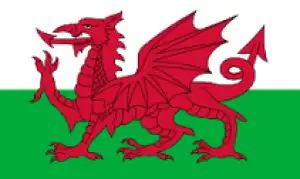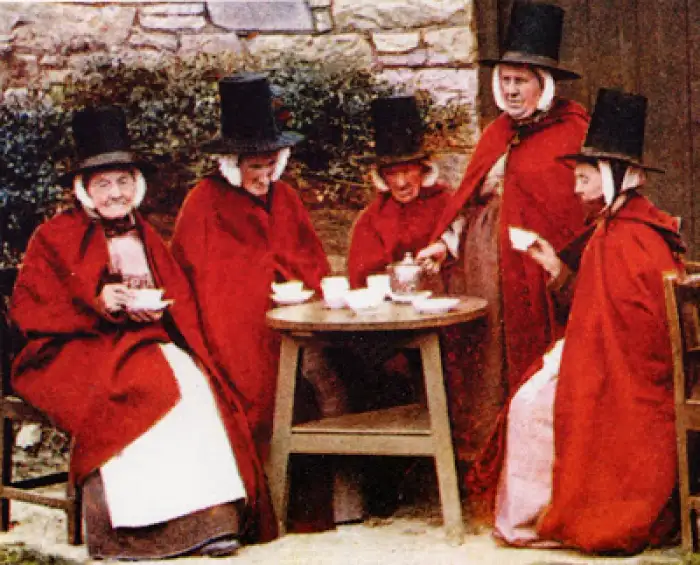The Welsh Language
Wales is a small country but immensely proud of its distinctive history and culture, most significantly its ancient language. The Welsh language is descendent of the native language of Britain before the Anglo-Saxon and Norman incursions brought Germanic and French influences. Welsh is closely related to Cornish and Breton and part of the same language family as Gaelic, which has versions spoken in Ireland, Scotland and the Isle of Man.
Despite efforts to impose English through educational and religious practices, the language has survived and indeed flourishes in some regions of Wales, although is little heard in more urban, industrialised parts of the country. Overall, around 20% of the population speak Welsh but this soars to 70% and higher in Snowdonia. Wales is very much a bilingual country and you will see this everywhere on signs, with an English equivalent shown where one exists.
Celebrating the language
The language is part of daily life in schools, business and commerce, and culture. Each year, there are two major Eisteddfodau: huge festivals based on music, drama and performance where the nation comes together to celebrate its unique language and culture. The National Eisteddfod is open to all ages, whereas there is also a young people’s version - The Urdd National Eisteddfod. Vast numbers attend and the Maes, the field of activity, positively buzzes with excitement as competitions are keenly fought to win a Crown or Chair, and the great honour of being recognised as a bard. There is also an International Eisteddfod which provides opportunities for performers from around the World to compete and to showcase their diverse talents.
The Dragon

The symbol on the Welsh flag is a red dragon on a field of white and Green. The dragon is based on a legendary story of 1,500 years ago when a wise man told a Prince to release the two dragons – white and red – entombed in a pool beneath a hill now called Dinas Emrys near Beddgelert in Snowdonia. The two dragons fought, but the smaller yet braver and more tenacious red dragon was victorious. To this day, this story appeals to Welsh hearts and the national flag is proudly flown.
Music and Dance
As well as participation in Eisteddfodau, music and dance are popular in Wales. There is a long tradition of choral singing and in particular, male voice choirs are held be very highly accomplished. It is sometimes possible to attend practice sessions and, of course, performances. A speciality of Wales is clog-dancing where performers demonstrate immense creativity, energy and skill in interpreting ancient dances.
National Dress

The costume now regarded as the national dress is based on clothing worn by Welsh countrywomen during the early nineteenth century, which was a striped flannel petticoat, worn under a flannel open-fronted bedgown, with an apron, shawl and kerchief or cap.
